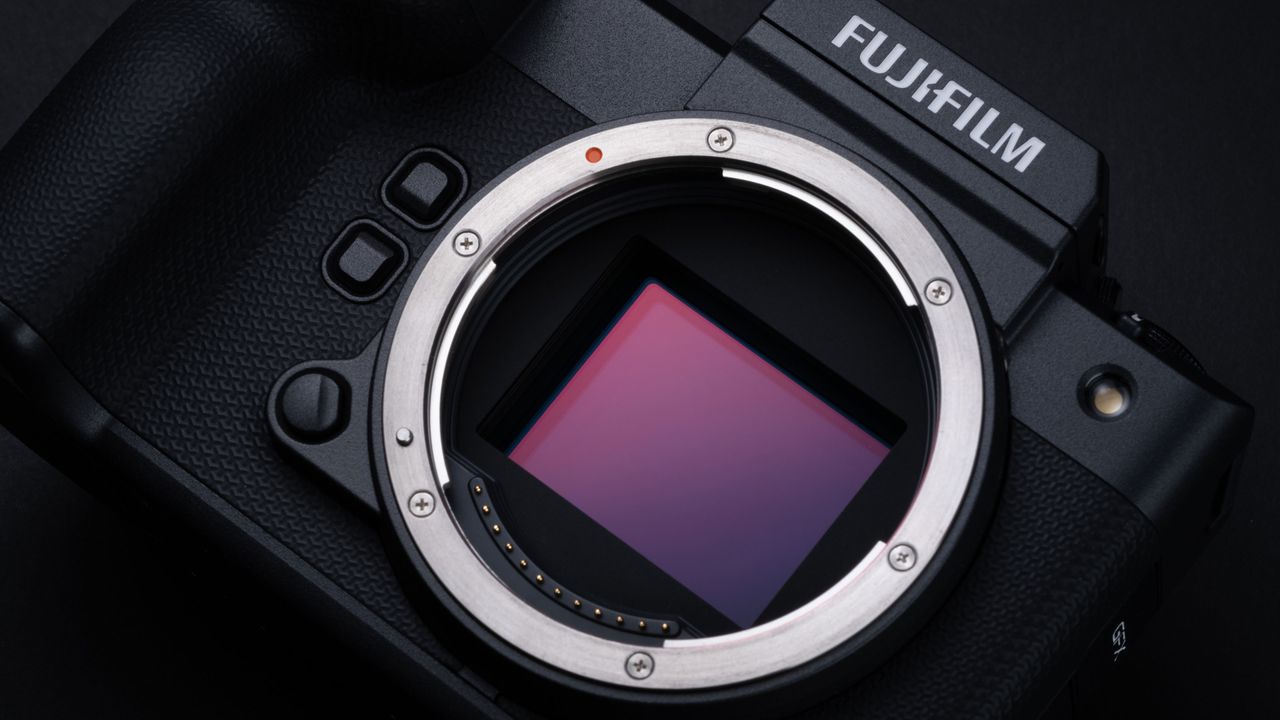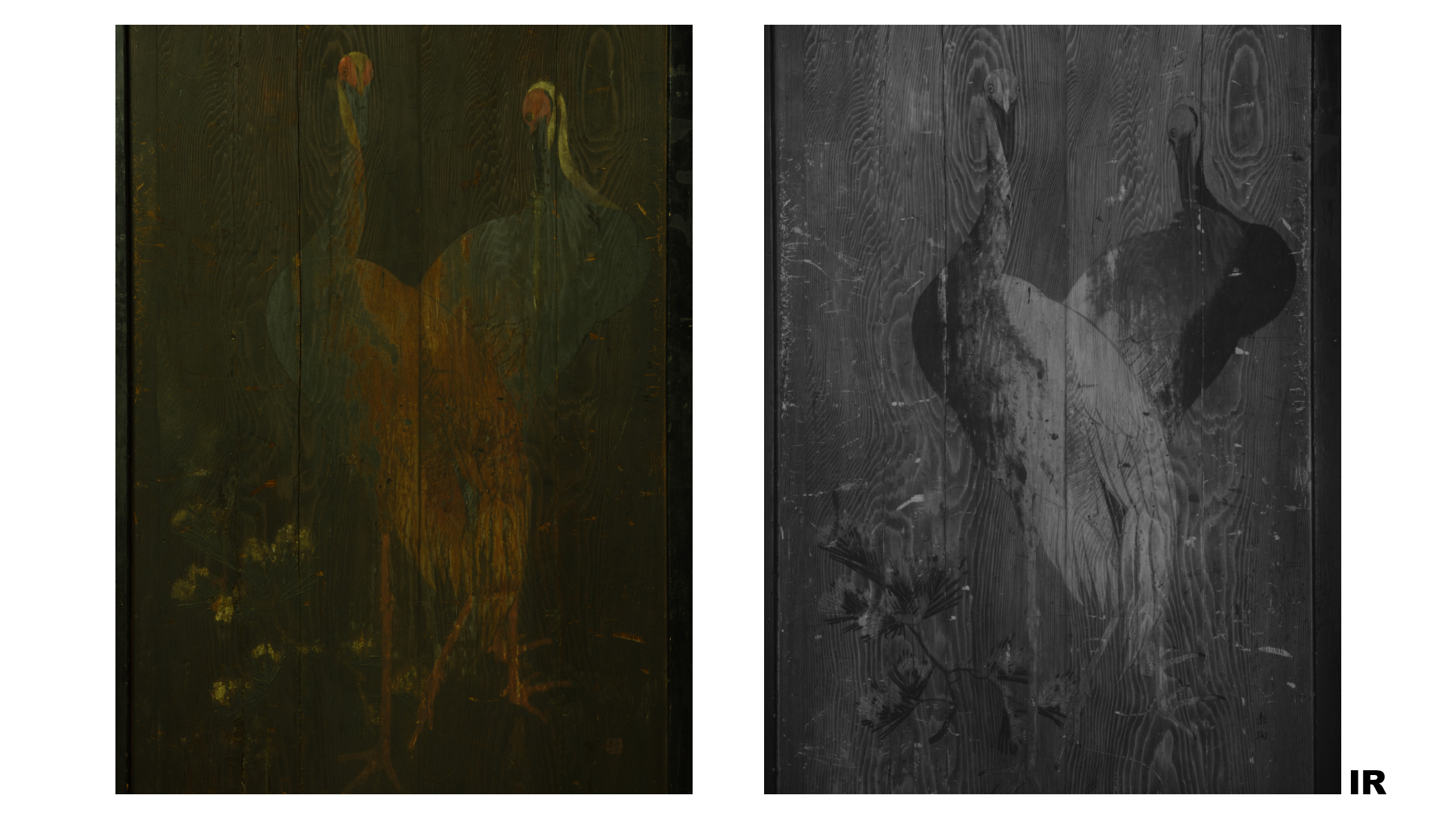
Did you know Fujifilm makes infrared versions of some of its most advanced digital cameras?
Neither do most people, but it’s true. The company has released infrared (IR) editions of the GFX 100 II and X-H2, extending their already impressive capabilities into the realm of IR photography. There's just one catch; unfortunately, they're not for general sale.
These IR models are tailored specifically for scientific, forensic, and cultural heritage applications. According to Fujifilm’s press material, the infrared editions enable users to shoot across various wavelengths by using different IR filters mounted in front of the lens.
This unlocks a hidden layer of detail invisible to the naked eye, or to traditional mirrorless camera sensors, revealing things like faded inscriptions, underdrawings or subtle variations in material and texture.

Unlike many modified infrared cameras on the market, Fujifilm’s IR editions retain full autofocus capability, which is a game-changer for researchers working in the field or lab.
They also support the Pixel Shift Multi-Shot function, meaning users can produce ultra-high resolution images with impeccable detail and no false color artifacts, even in the infrared spectrum.
Having a background in archaeology and museum work, I know firsthand how valuable tools like this can be. From revealing faded texts on ancient manuscripts to analyzing layered materials in artworks, IR photography helps us see what’s been obscured and often thought lost by time.
The idea of pairing that capability with the GFX100 II’s large medium format sensor and industry-leading image quality is enough to make any imaging specialist take notice.

Of course, other camera systems like those from Phase One and its Multispectral imaging (MSI) technology are already common in cultural heritage imaging; however, they often come at a significantly high price point. Fujifilm’s IR editions offer an exciting alternative, even if they’re currently limited to professional and institutional use.
While you won’t be seeing these on the shelves of your local camera shop, it’s worth knowing they exist – and they’re yet another reminder of how photography continues to serve not just art, but also science, preservation and discovery.
you may also like
Check out our guides to the best infrared filters and the best Fujifilm cameras.







